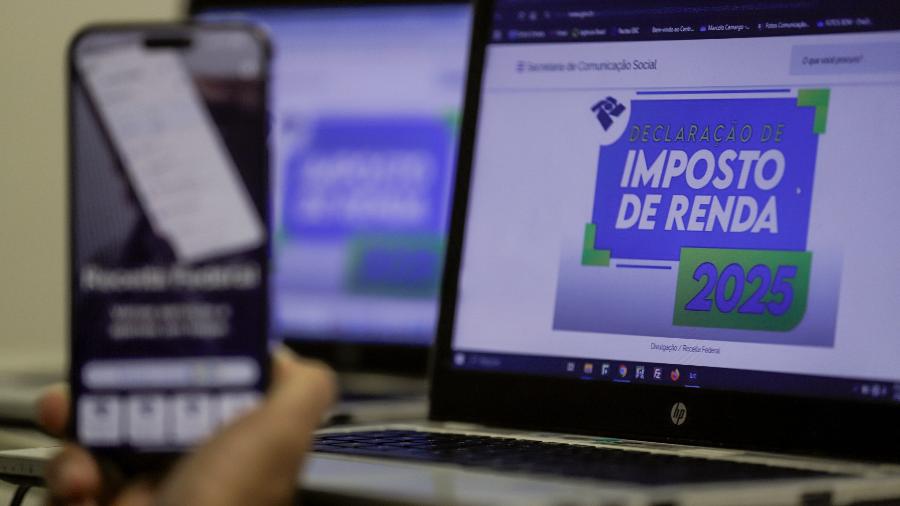Câmbio está performando melhor, mas há incerteza, diz diretor do BC

O câmbio no Brasil está tendo um desempenho melhor por conta de fatores como a reversão da crise hídrica e uma situação fiscal mais positiva, disse nesta segunda-feira o diretor de Política Monetária do Banco Central, Bruno Serra, ponderando que ainda há incertezas no médio prazo.
Em evento promovido pelo Goldman Sachs, Serra afirmou que o câmbio no país foi pressionado por uma série de fatores em 2020 e 2021, como os juros baixos e incerteza fiscal. Naquele período, segundo ele, o real chegou a se desvalorizar 25% em relação a seus pares.
Para ele, houve melhora nesse cenário cambial, também influenciado por mudanças na tributação de investimentos no exterior, retorno de brasileiros a investimentos domésticos e fluxo de recursos de empresas.
Na avaliação de Serra, o movimento recente do câmbio —que voltou a subir para patamares superiores a 5 reais por dólar— refletiu impacto da desaceleração da China, que enfrenta uma onda de Covid-19, e do aperto monetário implementado nos Estados Unidos.
Para ele, o efeito causado pela China sobre o real foi mais forte do que o dos juros nos Estados Unidos.
















ID: {{comments.info.id}}
URL: {{comments.info.url}}
Ocorreu um erro ao carregar os comentários.
Por favor, tente novamente mais tarde.
{{comments.total}} Comentário
{{comments.total}} Comentários
Seja o primeiro a comentar
Essa discussão está encerrada
Não é possivel enviar novos comentários.
Essa área é exclusiva para você, , ler e comentar.
Só s do UOL podem comentar
Ainda não é ? Assine já.
Se você já é do UOL, faça seu .
O autor da mensagem, e não o UOL, é o responsável pelo comentário. Reserve um tempo para ler as Regras de Uso para comentários.